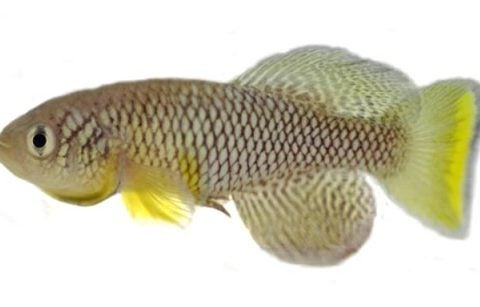This Tiny Fish Could Unlock Mysteries About Growing Old
The killifish are coming to USC, and they might just have the answers to holding back aging.
Back in its native habitat, the African turquoise killifish wiggles from its egg, eats, spawns and dies — all within a few months. Life goes by fast when your home is a quickly evaporating pond of rainwater. But even when raised as pets in a home aquarium, these killifish still live for less than a year.
For researchers studying aging, that’s a good thing. Turns out that the fish mature much like humans do — but far more rapidly. As they get older, they lose muscle mass and their immune systems start to run down. Female killifish become infertile. And killifish lose their bright colors, much like humans’ hair turns gray.

All of this maturation happens much more quickly in killifish than in other animals studied in labs, like mice. And killifish are much more complex – close to humans — than other models that age rapidly, like worms. This makes them helpful for efficiently studying the aging process, and it’s why killifish research and labs focusing on the fish are growing exponentially.
Now biologist Berenice Benayoun, who was on the first team to sequence the fish’s genome, has joined the USC Leonard Davis School of Gerontology from Stanford University. She is bringing Nothobranchius furzeri to USC for the first time, so insights on aging are sure to follow. Here are some tidbits about this fascinating fish and why killifish research is the next big thing in aging.
[iframe src=”https://e.infogram.com/1194b1d5-d138-47d8-86bb-916695b4f430?src=embed” title=”Killifish Infographic” width=”703″ height=”1835″ scrolling=”no” frameborder=”0″ style=”border:none;” allowfullscreen=”allowfullscreen”][/iframe]



